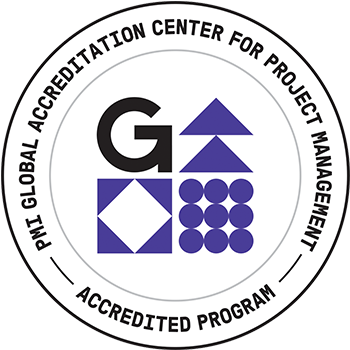Building a Better Tomorrow by Engaging Stakeholders – Anders and Seikaly
Abstract:
All projects must consider, design, budget, schedule, quality, availability of resources and method of project execution to accomplish a capital construction project. Stakeholder engagement is often a missed opportunity when planning these projects. Overlooking the importance of stakeholder engagement not only creates multiple challenges on meeting the project objectives, but also falls short of maximizing the project outcome beyond the bricks and sticks.
To be successful in project management, one must have a full and complete understanding of every aspect influencing the outcome. Many factors are glaringly considered direct and are a no brainer when it comes to creating a project schedule and budget. For example, most construction projects require an architect, a variety of engineering subconsultants, a contractor, subcontractors, materials and a labor force. Other direct influences to consider are permitting, approvals, coordination of utility providers and logistics around the site. You may even take it a step further and consider how materials will access the site, especially in tight urban setting.
The indirect factors having influence over the success of a project, involve stakeholder engagement and management. Who are the stakeholders? This should be one of the first questions a project team should consider. In fact, prior to winning the contract for a project, one should understand the stakeholder landscape. Stakeholders are any person, organization, government or business potentially benefitting or being affected by the delivery of this capital project.
In this presentation, we will explore identifying, engaging and managing stakeholders to maximize outcomes, not only to meet project goals, but also enhance the community the project serves. The key take-aways are: 1) Meeting project goals requires coordination and collaboration among direct and indirect stakeholders; 2) Importance of understanding the community expectations; and 3) Maximizing economic development opportunities via the project.
PMI Talent Triangle: Leadership



